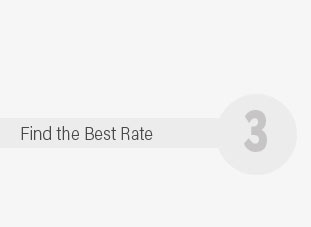 |
 |
 |
|---|
 |
 |
 |
 |
|---|
 |
 |
 |
 |
 |
 |
|---|

Understanding Health Insurance Plans: Key ConsiderationsHealth insurance is a critical component of modern life, providing a safety net against unexpected medical expenses and promoting access to necessary healthcare services. As you delve into the world of health insurance plans, it becomes imperative to navigate through the myriad of options available, each with its own set of benefits, limitations, and costs. This exploration requires a nuanced understanding of the fundamental elements that define a health insurance policy. First and foremost, consider the type of plan. Health Maintenance Organizations (HMOs) often require members to choose a primary care physician and get referrals to see specialists, offering lower premiums but less flexibility. In contrast, Preferred Provider Organizations (PPOs) provide more flexibility in choosing healthcare providers but at a higher cost. Another option, the Exclusive Provider Organization (EPO), blends aspects of both, typically not covering any out-of-network care, except in emergencies. The premium is the amount paid periodically for the insurance policy, usually monthly. While a lower premium might seem appealing, it often accompanies higher deductibles-the amount you pay for healthcare services before the insurance begins to pay. Balancing these two is a delicate act; a lower premium might save money upfront but could lead to higher out-of-pocket expenses later. Next, examine the coverage benefits. Ensure that the plan includes essential health benefits such as emergency services, hospitalization, prescription drugs, and maternity care. Each plan's network of doctors and hospitals is also crucial. Choosing a plan with a wide network may provide more options for care, but it's important to confirm that preferred healthcare providers are included. Another significant factor is the out-of-pocket maximum, the cap on the amount you will have to pay for covered services in a year. Once this limit is reached, the insurance company covers 100% of the costs for covered benefits. This aspect is particularly important for those with chronic health conditions or anticipated high medical expenses. Consider the plan’s exclusions and limitations. No plan covers everything, and understanding what is not covered is as crucial as knowing what is. For instance, many plans do not cover cosmetic surgery, and others may have restrictions on mental health services or alternative therapies. It's also wise to consider the insurer’s reputation and customer service record. An insurer with a robust reputation for customer service can make a significant difference when dealing with claims and approvals. Online reviews and ratings can provide insight into other customers' experiences. Lastly, stay informed about any changes in healthcare laws and regulations. Policies can change, affecting coverage details and the cost of plans. Awareness of legal shifts can empower you to make better decisions when it comes to selecting or switching insurance plans. In summary, choosing a health insurance plan is a complex decision that requires careful consideration of various factors, including the type of plan, cost, coverage benefits, network, exclusions, and insurer reputation. By thoroughly evaluating these elements, individuals can select a plan that best suits their health needs and financial situation, ensuring peace of mind and access to necessary healthcare services. https://www.ahip.org/
AHIP is the national association whose members provide health care coverage, services, and solutions to hundreds of millions of Americans every day. We https://www.mybenefits.myflorida.com/myhealth/health_insurance_plans
Health Insurance Plans - Higher deductible. - You meet the deductible, and then pay coinsurance for services you receive. - Lower monthly contributions (payroll ... https://www.fhcp.com/
Our Insurance. Florida Health Care Plans has been providing high-quality, health insurance solutions for individuals, families, and employers in Florida for 50 ...
|
|---|